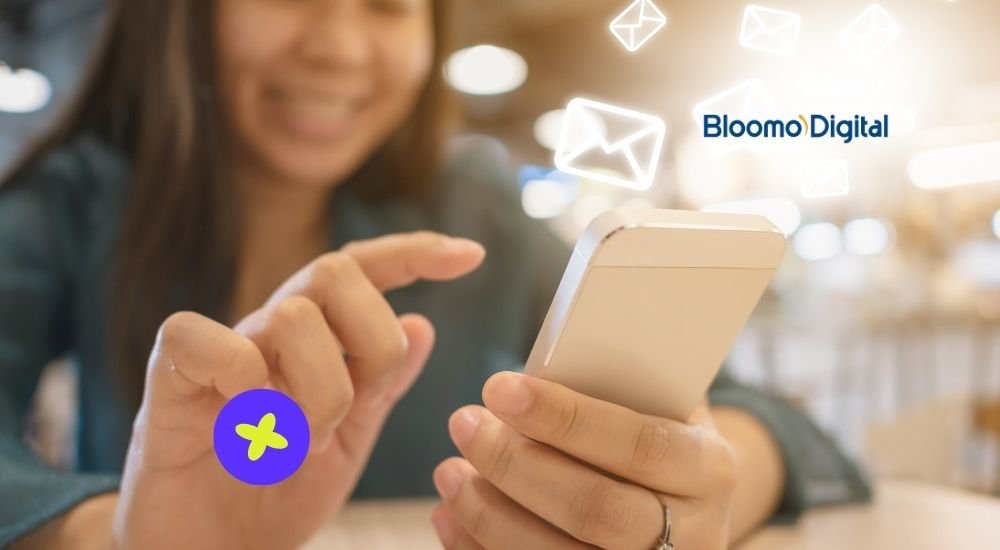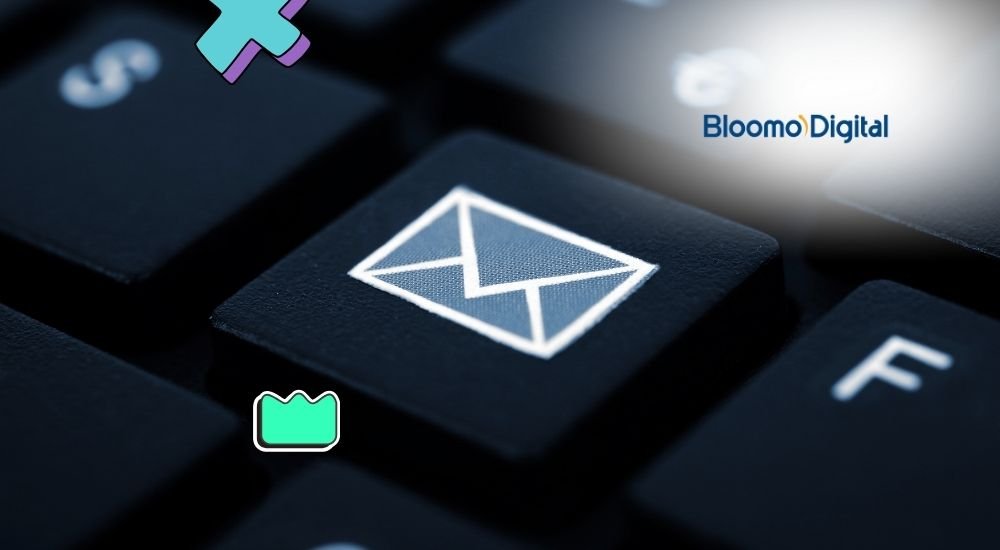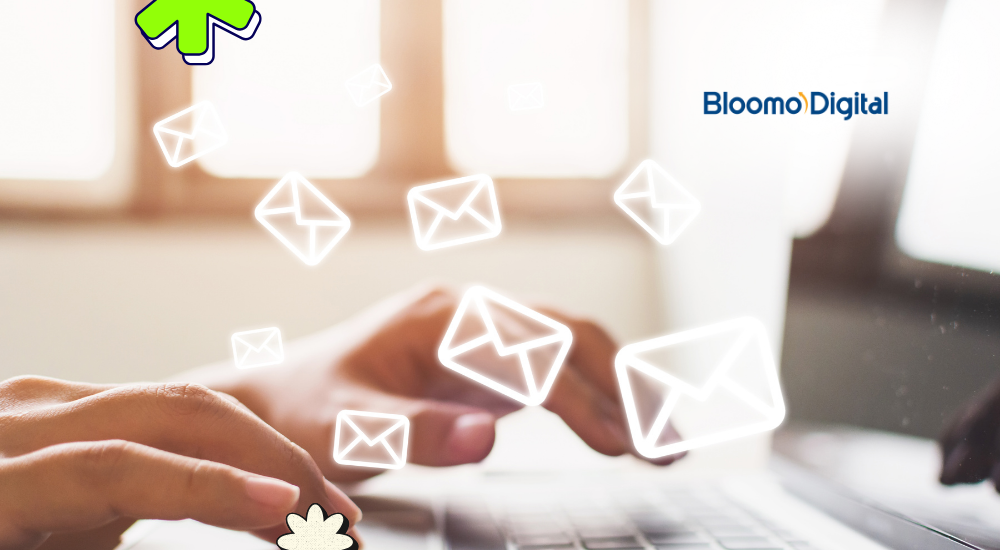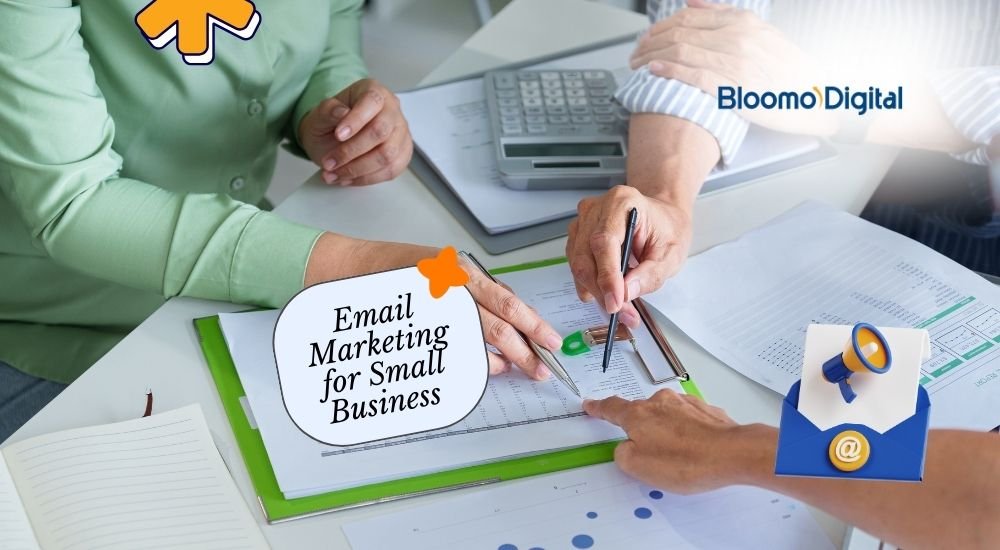Introduction
Why do some email subject lines make you stop scrolling instantly? It’s not magic — it’s psychology. Specifically, the psychology of curiosity. When done right, curiosity-driven subject lines can dramatically increase your open rates by triggering an irresistible urge to know more.
But there’s a fine line between sparking curiosity and misleading readers. In this guide, you’ll learn how to apply curiosity ethically and strategically to your email subject lines — so your subscribers open with interest, not suspicion.
Key Takeaways
- Curiosity works through gaps: People open emails to fill missing information or complete a story.
- Honesty matters: Deliver on the promise you tease — or risk losing trust.
- Emotion drives action: Combine curiosity with relevance and value.
- Small tweaks have big impact: Word choice and structure can significantly affect open rates.
- Balance mystery with clarity: Tease what’s inside without being vague or clickbait.
This guide explores how curiosity works in the human brain, why it boosts open rates, and how to craft curiosity-driven subject lines that attract attention — backed by examples, psychology, and best practices.
What Is Curiosity Psychology?
Curiosity is the desire to bridge a “knowledge gap.” When we sense missing information, our brain feels tension — and we act to relieve it. That’s why we click headlines, open emails, or watch videos titled “You won’t believe what happened next.”
In email marketing, curiosity taps into this mental mechanism. It invites readers to resolve uncertainty — but only when the reward feels worth it. According to HubSpot, curiosity-based subject lines can increase open rates by up to 22% when used authentically.
The key? Give just enough information to intrigue, but not enough to satisfy — that’s what keeps people clicking.
1. Understand the Curiosity Gap
The curiosity gap is the space between what readers know and what they want to know. Great subject lines create that gap intentionally — without deceiving or frustrating your audience.
- Too much detail: Kills curiosity because there’s nothing left to learn.
- Too little detail: Feels vague or spammy and doesn’t build trust.
- Just right: Gives a clear hint of value but leaves something unsaid.
Example:
✅ “The one mistake killing your open rates”
❌ “Tips for improving your email open rates”
The first version teases a mystery while promising relevance and benefit. The second simply states a topic — no tension, no curiosity.
2. Use Specific Triggers That Evoke Curiosity
Not all curiosity is created equal. Certain triggers are more effective because they play on universal human drives — like surprise, storytelling, or exclusivity.
- Information gap: “You’re missing this in your strategy…”
- Surprise: “Most marketers get this completely wrong.”
- Storytelling: “I tried this campaign trick — here’s what happened.”
- Exclusivity: “Only our subscribers get this insight first.”
These cues make the brain lean forward, eager to learn the “missing piece.”
3. Pair Curiosity with Relevance
Curiosity alone isn’t enough — your subject line must still relate to something your audience cares about. Irrelevant mystery just annoys readers. Relevant curiosity, on the other hand, builds excitement.
Example:
✅ “Why your best email might never be opened”
❌ “Guess what happened to me last night?”
Both spark curiosity, but only the first connects directly to the reader’s interest — email performance. Always anchor curiosity in value.
4. Deliver on Your Promise
Nothing destroys trust faster than clickbait. If your subject line promises one thing and your content delivers another, your readers won’t open your future emails — no matter how clever your copy.
- Match the subject line with the actual email content.
- Reward curiosity with clear answers or insights.
- Avoid overhyping results or outcomes.
Authenticity keeps curiosity sustainable — it turns one-time clicks into long-term engagement.
5. Experiment with Proven Curiosity Formats
Here are effective frameworks you can adapt for your next campaign:
- Question-based: “What’s the real reason your CTR is dropping?”
- Unexpected statement: “Your welcome email might be scaring customers.”
- Comparison: “Why this small brand beats Apple at email marketing.”
- Incomplete phrase: “Before you hit send…”
- Data tease: “We analyzed 1M emails. Here’s what surprised us.”
These formats naturally create tension between what’s known and unknown — without sounding deceptive.
6. Keep It Short and Emotional
The average inbox truncates subject lines at around 50 characters. Keep yours concise while triggering an emotional response like surprise, fear of loss, or excitement.
Example:
- “You might be missing this simple fix…”
- “Stop doing this one thing in your emails.”
- “Why your readers aren’t clicking (yet).”
Use punctuation, rhythm, and tone to add intrigue — but never sacrifice clarity for mystery.
7. Test and Measure What Works
Curiosity is subjective — what fascinates one audience might fall flat with another. A/B test your subject lines to learn what consistently drives engagement.
- Test curiosity vs. clarity (“Discover how” vs. “Get 5 proven tactics”).
- Monitor open rates, reply rates, and unsubscribes.
- Analyze which emotional tones — surprise, urgency, humor — perform best.
Over time, data will reveal your audience’s curiosity sweet spot.
Bloomo Digital Example: A SaaS client tested two subject lines: “Improve your deliverability fast” vs. “You’re probably making this deliverability mistake.” The curiosity-driven version increased open rates by 31% — proving that subtle tension sparks engagement when it’s relevant.
8. Combine Curiosity with Other Psychological Triggers
Curiosity works even better when paired with other motivators like FOMO (fear of missing out), urgency, or authority.
- Curiosity + FOMO: “Most marketers missed this update — did you?”
- Curiosity + Urgency: “You’ll want to see this before tomorrow’s launch.”
- Curiosity + Authority: “Google’s latest update surprised everyone (including us).”
Stacking triggers amplifies psychological pull — but use them sparingly to avoid fatigue or manipulation.
Conclusion
Curiosity is one of the most powerful forces in email marketing — when used responsibly. It grabs attention, invites engagement, and builds anticipation. But to work long-term, it must always respect the reader’s intelligence and deliver genuine value.
Craft subject lines that open mental gaps and then close them with useful, relevant insights. When readers trust that your curiosity-driven emails always reward their attention, your open rates — and relationships — will soar.
Frequently Asked Questions
Why does curiosity increase email open rates?
Curiosity creates a psychological “itch” — the need to know something unknown. When a subject line hints at valuable information, people open to satisfy that curiosity.
What’s the difference between curiosity and clickbait?
Clickbait misleads readers with false promises. Curiosity-based subject lines intrigue but remain honest, delivering the value they promise inside the email.
Can curiosity work in B2B emails?
Yes. B2B audiences are human too — they respond to curiosity when it’s tied to relevance, insight, or problem-solving. Just keep it professional and data-driven.
How often should I use curiosity in my subject lines?
Use it selectively. Not every email needs mystery — mix curiosity-driven subject lines with clear, direct ones for balance and authenticity.









